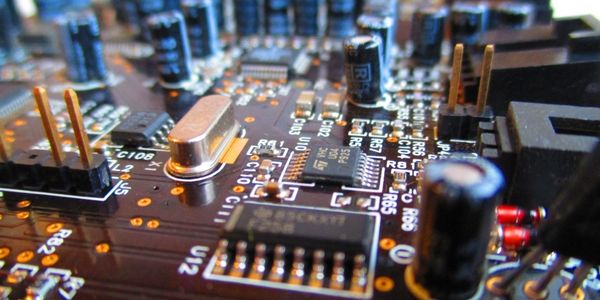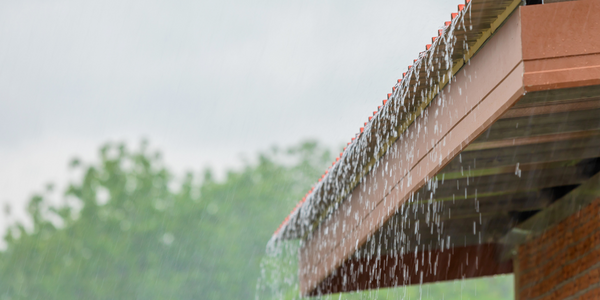Technology Category
- Analytics & Modeling - Real Time Analytics
- Functional Applications - Manufacturing Execution Systems (MES)
Applicable Industries
- Buildings
- Electronics
Applicable Functions
- Facility Management
- Product Research & Development
Use Cases
- Additive Manufacturing
- Rapid Prototyping
Services
- Hardware Design & Engineering Services
About The Customer
The customer in this case study is a keyless security brand that provides devices for commercial real estate buildings, parking garages, multi-family residential complexes, and other spaces that would otherwise require entry via physical keys, cards, and badges. The company was acquired by a Fortune 500 company in late 2021, which turbocharged the startup’s ability to grow and reach new customers. Prior to partnering with MacroFab, the brand worked exclusively with a cost-effective Taiwanese contract manufacturer. However, the COVID-19 pandemic brought about challenges in the production process, leading the company to seek a more sustainable solution.
The Challenge
The keyless security brand, a provider of devices for commercial real estate buildings, parking garages, and multi-family residential complexes, was facing a major challenge in its production process. The company had been working with a cost-effective Taiwanese contract manufacturer, which was capable of handling production-level volumes. However, the onset of the COVID-19 pandemic brought about frequent engineering design changes, which required significant oversight from the facility. The 14-hour time zone difference between the client and the manufacturer made real-time collaboration difficult. Overseas flights to facilitate on-site collaboration were considered, but these would delay production times and increase manufacturing costs. Given the uncertainty brought on by the pandemic, it was clear that this arrangement would not be sustainable.
The Solution
The company turned to MacroFab, a North American manufacturer, to overcome these challenges. MacroFab's unique and streamlined approach to electronics manufacturing offered significant advantages. The company's engineering team could collaborate with MacroFab engineers in real-time on potential design changes, eliminating the need for expensive international trips. MacroFab's robust network provided the company with ultimate flexibility in committing volume at every stage of the electronics manufacturing lifecycle. A few designs needed updating before full-scale production could continue. MacroFab suggested the company perfect its designs first in U.S. facilities built for rapid prototyping. Once all stakeholders were confident in the new designs, MacroFab moved production to a more cost-effective facility in Mexico, offering a similar price structure to the Taiwanese facility, but without the engineering-design change anxiety and inflexibility.
Operational Impact
Quantitative Benefit

Case Study missing?
Start adding your own!
Register with your work email and create a new case study profile for your business.
Related Case Studies.

Case Study
Remote Temperature Monitoring of Perishable Goods Saves Money
RMONI was facing temperature monitoring challenges in a cold chain business. A cold chain must be established and maintained to ensure goods have been properly refrigerated during every step of the process, making temperature monitoring a critical business function. Manual registration practice can be very costly, labor intensive and prone to mistakes.

Case Study
Energy Saving & Power Monitoring System
Recently a university in Taiwan was experiencing dramatic power usage increases due to its growing number of campus buildings and students. Aiming to analyze their power consumption and increase their power efficiency across 52 buildings, the university wanted to build a power management system utilizing web-based hardware and software. With these goals in mind, they contacted Advantech to help them develop their system and provide them with the means to save energy in the years to come.

Case Study
Intelligent Building Automation System and Energy Saving Solution
One of the most difficult problems facing the world is conserving energy in buildings. However, it is not easy to have a cost-effective solution to reduce energy usage in a building. One solution for saving energy is to implement an intelligent building automation system (BAS) which can be controlled according to its schedule. In Indonesia a large university with a five floor building and 22 classrooms wanted to save the amount of energy being used.

Case Study
Powering Smart Home Automation solutions with IoT for Energy conservation
Many industry leaders that offer Smart Energy Management products & solutions face challenges including:How to build a scalable platform that can automatically scale-up to on-board ‘n’ number of Smart home devicesData security, solution availability, and reliability are the other critical factors to deal withHow to create a robust common IoT platform that handles any kind of smart devicesHow to enable data management capabilities that would help in intelligent decision-making









